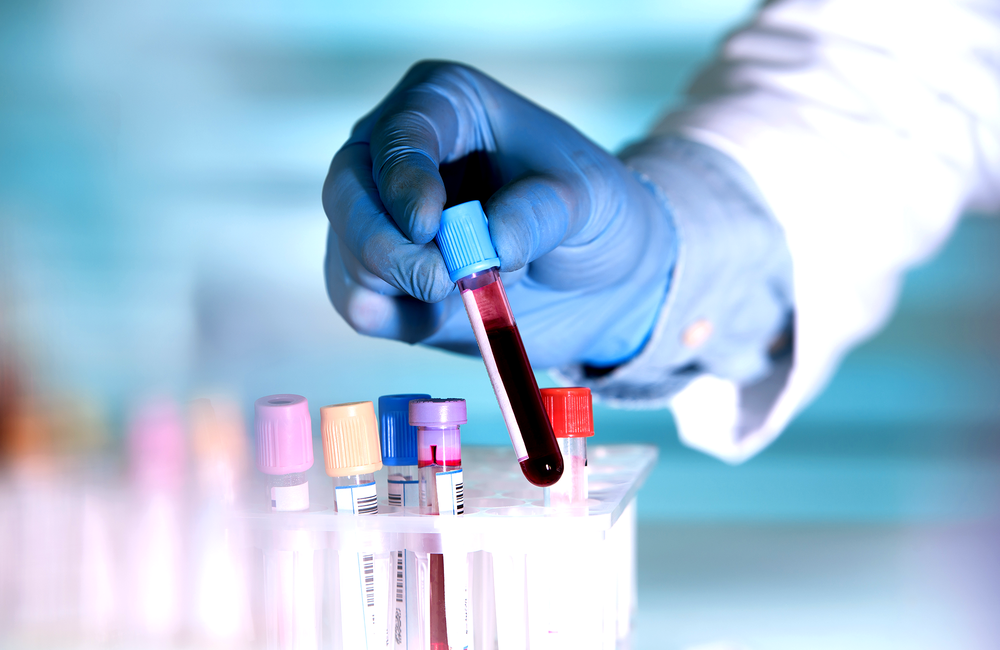
After being cured of hepatitis C, markers of liver fibrosis do not continue to decline one year beyond cure, a study of women living with HIV and hepatitis C in the United States has found. The results challenge the assumption that most people with hepatitis C can expect to experience a long-term improvement in liver health after hepatitis C cure and highlight the need for ongoing monitoring of liver fibrosis after hepatitis C, say the study investigators.
Studies in people with hepatitis C alone have shown evidence of short-term improvements in liver fibrosis (liver tissue becoming scarred and hardened) after they are cured of hepatitis C. However, there is less evidence on fibrosis regression in people with HIV and hepatitis C.
The Women’s Interagency HIV Study (WIHS) has been recruiting and following women with HIV since 1994 and monitors participants every six months. To investigate the evolution of liver fibrosis in women who undergo hepatitis C treatment, WIHS investigators identified 116 women with HIV and hepatitis C in the cohort who had been treated with direct-acting antivirals for hepatitis C and had at least one visit in the two years before starting treatment (pre-treatment visit) or a visit no more than a year before treatment (peri-treatment visit) and at least one visit in the two years after completing treatment (post-treatment visit).
One hundred and three had pre-treatment data, 116 had peri-treatment data, 115 had a post-treatment visit within one year and 107 had a post-treatment visit within two years of completing treatment.
The study population was predominantly Black (68%) and the median CD4 count was above 500. Around 90% were taking antiretroviral treatment, three quarters had an undetectable viral load, and integrase inhibitor use increased so that by two years after completing hepatitis C treatment, 57% of participants were taking an integrase inhibitor.
The investigators calculated an Enhanced Liver Fibrosis score by measuring levels of three biomarkers of liver protein growth and remodelling. When levels of these proteins are high, liver injury and inflammation are causing fibrosis. The investigators also calculated the APRI and FIB-4 scores for fibrosis using liver enzyme and platelet measurements, to check whether the trajectory of measurements was similar for each scoring method.
Compared to the pre-treatment period, liver fibrosis values were lower in the peri-treatment and post-treatment periods. The median ELF value declined from borderline moderate-to-severe fibrosis in the pre-treatment period, to moderate fibrosis at subsequent visits. Median APRI and FIB-4 values declined between periods, but remained in the mild and moderate ranges, respectively.
When comparing changes in liver fibrosis scores in the six months after treatment and from six months to two years after treatment, the investigators found that whereas scores fell sharply in the six months after completing treatment (-7% on the ELF score, 50% on APRI and 15% on FIB-4), changes in the subsequent follow-up period were negligible (-0.5% on the ELF score, -1.6% on APRI and -3% on FIB-4). The reduction in score in the six-month to two-year period was only statistically significant for the FIB-4 score.
The researchers say that longer-term studies are needed to evaluate whether liver fibrosis in people with HIV continues to decline in severity or hits a plateau in the years after hepatitis C is cured. “Continued monitoring of liver fibrosis and interventions to mitigate its progression in people with HIV after HCV cure remain essential,” the researchers conclude.
Gardner AR et al. Longitudinal assessment of the enhanced liver fibrosis score in the era of contemporary HIV and hepatitis C treatment. Journal of Infectious Diseases, published online 11 August 2022.
